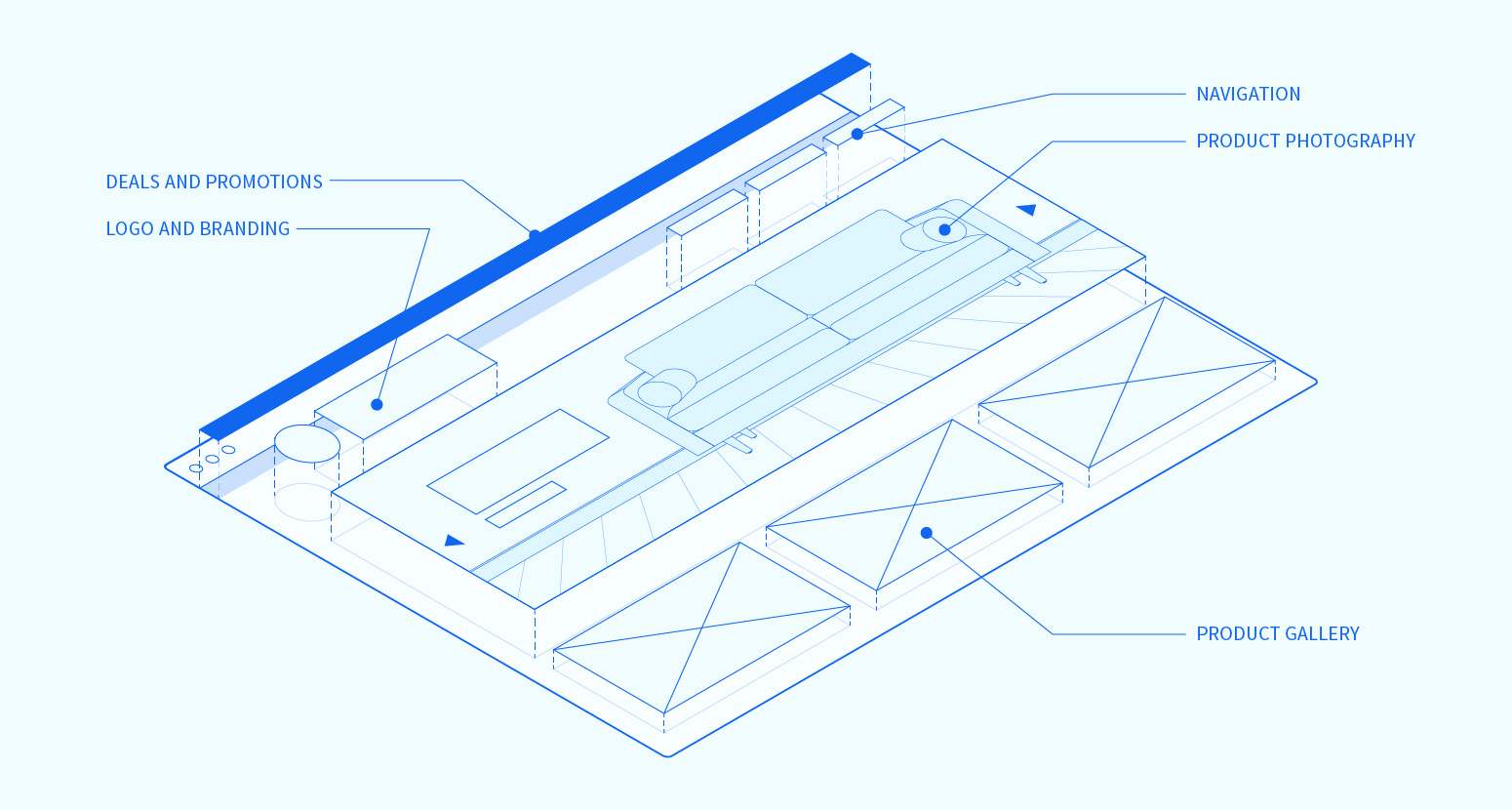Why am I at Gauge? It is a common question that I get asked quite often. From family members to college classmates, most aren’t familiar with our small Savannah brand. When I think about it, there are a variety of reasons why I came here. Savannah is a unique city, the creative scene is growing, and this was the only legitimate opportunity I had coming fresh out of school. But when I really break it down to a single word, one that adequately represents what it is like to work here, it is CULTURE.
It is a contagious culture of self-motivated, creative, and innovative individuals that are contributing to a bigger story. One that weaves together our clients and ourselves, helping us to deliver the most authentic work that we can. It is a place that encourages questions, thrives on challenges, and seeks to stand out in the workspace.
On my first day, my boss handed me a book titled “Turn The Ship Around.” It was a book written by retired U.S. Navy Captain, David Marquet, who was in charge of operating submarines during the mid to late 1990’s. I was slightly confused thinking about how a book on submarines was going to teach me the principles for working at an eCommerce agency. It took a minute to wrestle with the idea; but as one does when they are a new employee, you listen to the boss.
The book draws a roadmap for all those looking to deconstruct the traditional leader-follower model that tends to be presented in most corporate structures. One in which there are those giving orders, and those taking orders, all operating under a set standard, which is the building block for the leader-follower model itself. As a young professional, this has been the framework that I have frequented when it came to work experiences. This model allowed me to appreciate the hard work and grit it takes to get to a position of power, but more so, it showed me that lack of empowerment that is given to those who were not in those positions.
In his work, Marquet talks about the importance control, competence, and clarity, each balancing with the other, together forming the foundation for a new way of thinking, a new model: the leader-leader model. Under this model, power is not earned but given away, and alternative thinking leads to a more authentic form of execution. It allows those who are seen traditionally as leaders to encourage, and it encourages those who aren’t traditional to lead.
Marquet’s focus on control, competence, and clarity embodies the leader-leader model and sets forth an adaptable example that can be applied throughout both corporate and residential structures looking to enable the creative potential of all those in an organization.
Control
When I first started working in writing and content, I was embedded in an environment that functioned under a hierarchy. Here, I delivered my work to a superior who then transferred it to another, until my work had been edited and manipulated to the point that my voice was lost. There is always something to be said for collaboration and criticism, for without it, most work would be left dry and never meet its full potential, but finding the balance between creative collaboration without manipulation is something that makes working in content both difficult and rewarding.
Marquet wrestled with the concept of control when it came to his role within the Navy. Traditionally, his position allowed him to designate control amongst his colleagues, but in order to instill confidence into those individuals, he had to let go of that control. This realization spawned when he questioned a deckhand about his role and he simply answered, “I do what I’m told.”
The “what I’m told attitude” is infectious and takes away control from those working underneath others. Simply doing what you’re told is mundane and leads to a dissatisfaction with remedial tasks. We all fall short when it comes to completing remedial tasks at peak quality– we are, in fact, human.
What Marquet throws into the equation juxtaposes this attitude and forces those who would follow that mindset to take initiative over their work. Not only take initiative but embrace doing the work for its greater purpose, with new and innovative approaches to completing what was once mundane.
I have seen this control manifested in my work from the beginning–I’ve been given tasks along with guidance as to how we tend to operate, but at the end of the day, I am in control of what work comes from me. It is an essential framework for being part of a creative team, where each individual has control over the creative direction of a project, but it is balanced by those who they collaborate with. As I have grown to understand this better, I have come to appreciate the collaborative benefits that come from control over my work.
Control is the catalyst for change.
Competence
Starting my first job was scary. Plain and simple, the fear of failure and lack of knowledge was something that plagued my mind on my first day. Sure, I went through the interviews and answered all the questions that were asked of me, but was I actually capable of filling the role?
Competency is the ability to do something successfully or efficiently, and yet, why did I feel so incompetent? The months of onboarding and training allocated for me, pushed me more toward that incapable feeling as if I would find myself in some entry-level limbo, unable to progress.
Marquet says that “competence is the key to change.” But how does that competence get attained? It actually is more simple than most would think. It comes down to the term training. Training is passive, while learning is active–it is through active learning that one becomes competent.
I think too often new workers get caught within the parameters of traditional “training”, in which a more experienced employee regurgitates information that pertains to your role and responsibilities, but doesn’t give you the opportunity to experience it first hand. Yes, you are technically learning the responsibilities of the job, but it doesn’t put you in a position to execute at an optimal level when tasks are given.
When the term learning is brought up, it changes the passive interaction that is centered behind training and makes it an active learning experience, one in which the employee gets to engage with the process and work hands on. Marquet identifies this as a crucial part to instilling competence into those he works with. By eliminating passivity, it forces the individual that’s learning to be interactive and instills in them the confidence to complete tasks at the highest quality.
As a new employee, confidence was something that I lacked, as do most new people. Most of your time is spent getting to know the workspace, analyze the personalities of co-workers, and understand the day-to-day operations. My time to train quickly turned to learning, as I was given tasks and guided through their processes while having real interactions with the work, which grew my sense of competence.
Behind that competency comes an unwarranted confidence in the work that you do. It gives more purpose and drive to your work while giving you the confidence to deliver at the highest quality consistently.
Competence is the catalyst for change.
Clarity
Being a new employee is very unclear, or at least in my previous experiences, it was. Clarity comes over time and often doesn’t show itself until you feel most unclear. This can range from the microscopic bits, like day-to-day tasks, to larger concepts like brand direction. Without clarity, it is impossible for a brand and its employees to move forward successfully. But how does one create that clarity?
Marquet focuses on the importance of clarity and how that is fostered in a working environment, and he outlines this through guiding principles. Guiding principles create a code, not a set of rules, as a way to evaluate decision making within your role and organization. Employees go to these principles for guidance when it comes to making decisions around their work, as it is a reminder and motivator about why the work you do is important.
It is true, most businesses have these principles, but I would claim they are implemented more so as rules rather than principles. Principles operate at a higher level than rules, principles are at the very core of your work and define the authenticity of your brand. I learned this first-hand in my start at Gauge.
“Make the story great.” This is one of our principles that holds true to my work at Gauge. As a writer and content creator here, all of my work revolves around a story and it is that story that keeps people coming back. The story that our clients tell about us, the stories we tell about them, they shape the relationships that we, as a business, are looking to grow. When it comes to decision making, it is evidently clear when something will make the story great or not, hence it gives clarity to our decision making.
Our brand lives and operates under 5 guiding principles that help shape the exoskeleton that is Gauge itself. These principles help us to stay grounded in our work and remind us why we are doing what we do. It clarifies my purpose as a writer and defines how I go about telling stories for our brand.
Clarity is a catalyst for change.
Takeaways
Being a new employee shouldn’t scare you. It shouldn’t intimidate you, or plague you with endless anxieties, though sometimes it will definitely feel like that. Being new gives you the opportunity to grow, it gives you the opportunity to understand. This opportunity has shown me the importance of culture and its deep influence on my work as a creative.
Culture is defined as the arts and other manifestations of human intellectual achievement regarded collectively. That is how I look at Gauge– a collection a human intelligence, achievement, and aspiration and the products that come from those elements. It is a culture that inspires, motivates, and makes the story great every day.
If you want to read more from L. David Marquet I would highly encourage checking out his book “Turn The Ship Around”.




